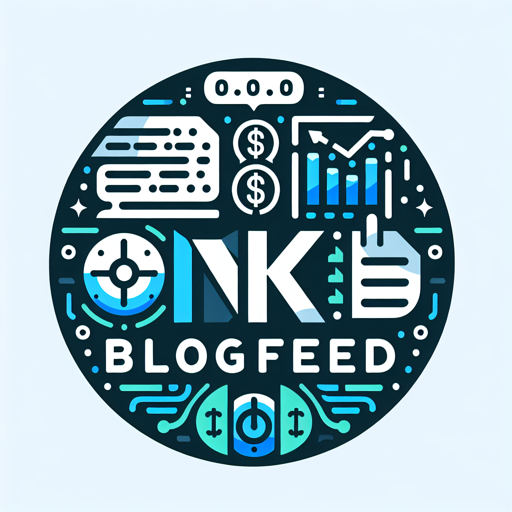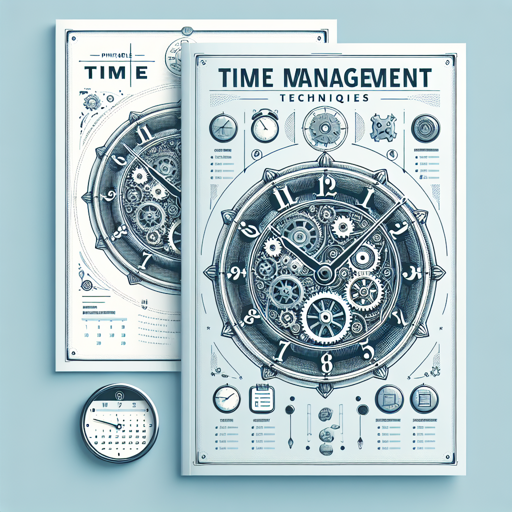The Pomodoro Technique is a time management strategy that can transform the way you approach your work. By breaking your tasks into manageable intervals, usually lasting 25 minutes, you create a focused environment that encourages productivity. Each interval, known as a “Pomodoro,” is followed by a short break of about five minutes.
This method not only helps you maintain concentration but also prevents burnout by allowing your mind to rest and recharge. You might find that this structured approach makes daunting tasks feel more achievable, as you can focus on one segment at a time rather than becoming overwhelmed by the entirety of the project. As you implement the Pomodoro Technique, you may discover that it enhances your ability to track progress.
After completing four Pomodoros, you take a longer break of 15 to 30 minutes, which gives you a chance to reflect on what you’ve accomplished and plan your next steps. This cycle of work and rest can lead to increased motivation and a sense of accomplishment. You might also notice that the technique encourages you to minimize distractions during those focused intervals, as you become more aware of how precious each minute is.
By committing to this method, you can cultivate a more disciplined work ethic and improve your overall productivity.
Understanding the Eisenhower Matrix
One effective strategy is to create a list of all your tasks and categorize them based on urgency and importance. You can use the Eisenhower Matrix, which divides tasks into four quadrants: urgent and important, important but not urgent, urgent but not important, and neither urgent nor important.
Alternative Approaches to Prioritization
Another approach to prioritization is the ABCD method, where you label tasks as A (most important), B (important), C (nice to do), or D (delegate or drop). This simple yet effective system helps you quickly identify which tasks require your immediate attention and which can wait or be delegated to someone else.
Benefits of Prioritization
As you practice prioritizing your tasks, you’ll likely find that it reduces feelings of overwhelm and increases your overall efficiency. By focusing on high-impact activities, you can maximize your productivity and ensure that your efforts align with your goals.
Setting SMART goals is a powerful way to clarify your objectives and maintain motivation throughout your journey. The SMART framework stands for Specific, Measurable, Achievable, Relevant, and Time-bound. When you set specific goals, you define exactly what you want to achieve, eliminating ambiguity.
For instance, instead of saying, “I want to get better at writing,” you could specify, “I want to write 500 words every day.” This clarity helps you stay focused on your target. Measurable goals allow you to track your progress effectively. By establishing criteria for success, such as completing a certain number of tasks or reaching a specific milestone, you can celebrate small victories along the way.
Achievable goals ensure that what you’re aiming for is realistic given your current resources and constraints. Setting overly ambitious goals can lead to frustration and burnout; therefore, it’s crucial to find a balance between challenge and attainability. Additionally, ensuring that your goals are relevant means they align with your broader objectives and values.
Finally, time-bound goals create a sense of urgency by setting deadlines for completion. This combination of elements not only keeps you accountable but also fuels your motivation as you work toward achieving your aspirations.
Time blocking is an effective scheduling technique that allows you to allocate specific periods for different tasks or activities throughout your day. By designating blocks of time for focused work, meetings, breaks, and even personal activities, you create a structured routine that minimizes distractions and enhances concentration. You might find that this method helps you manage your time more effectively by providing clear boundaries for when to work on specific tasks.
For example, if you set aside two hours in the morning for deep work on a project, you’re less likely to get sidetracked by emails or social media during that time. As you practice time blocking, you’ll likely notice an improvement in your ability to concentrate on individual tasks without feeling overwhelmed by competing priorities. This method encourages you to be intentional about how you spend your time, allowing for greater focus and productivity.
Additionally, by incorporating breaks into your schedule, you give yourself the opportunity to recharge and return to your work with renewed energy. Over time, you’ll develop a rhythm that works for you, making it easier to stay on track and accomplish your goals.
In today’s fast-paced world, multitasking often seems like a necessary skill; however, research shows that it can actually hinder productivity rather than enhance it. When you attempt to juggle multiple tasks simultaneously, you’re likely spreading yourself too thin and reducing the quality of your work. Your brain is not designed to handle several complex tasks at once; instead, it performs best when focusing on one thing at a time.
By avoiding multitasking and dedicating your attention to a single task, you’ll likely find that you’re able to complete it more efficiently and with greater accuracy. Focusing on one task at a time also allows for deeper engagement with the work you’re doing. When you’re fully present in the moment, you’re more likely to generate creative ideas and solutions.
Additionally, completing one task before moving on to the next provides a sense of accomplishment that can boost your motivation. As you cultivate this habit of single-tasking, you’ll likely experience reduced stress levels and improved overall well-being. Embracing this approach can lead to higher-quality outcomes in both your personal and professional life.
In an age where technology plays an integral role in our daily lives, leveraging tools and apps for time management can significantly enhance your productivity. There are numerous applications designed specifically for task management that can help you organize your workload effectively. For instance, tools like Trello or Asana allow you to create boards or lists where you can track tasks visually.
By breaking down projects into smaller components and assigning deadlines, you’ll have a clearer overview of what needs to be done and when. Additionally, calendar applications such as Google Calendar or Microsoft Outlook enable you to schedule appointments and set reminders for important deadlines. These tools help ensure that nothing slips through the cracks while providing an organized view of your commitments.
You might also consider using focus apps like Forest or Focus@Will that promote concentration by minimizing distractions during work sessions. By integrating these technological solutions into your routine, you’ll find it easier to stay organized and manage your time effectively. In conclusion, mastering time management techniques such as the Pomodoro Technique, prioritizing tasks effectively, setting SMART goals, utilizing time blocking strategies, avoiding multitasking pitfalls, and leveraging technology can significantly enhance your productivity and efficiency.
By implementing these strategies into your daily routine, you’ll not only achieve more but also cultivate a healthier work-life balance that allows for personal growth and fulfillment.

